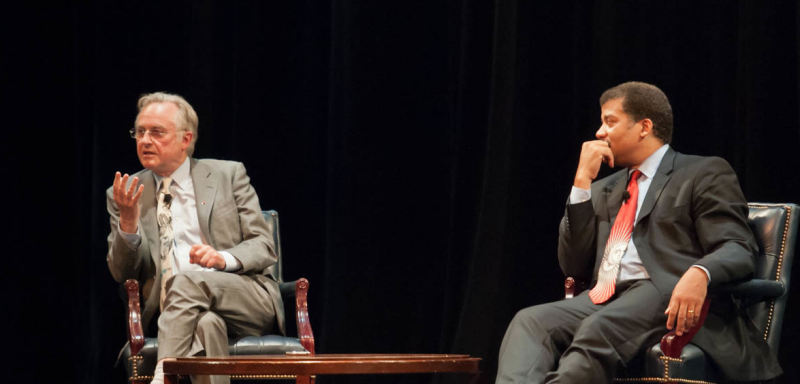Cheryl Marie Cordeiro, standing with Maria Strandberg (L) and Jasmin Dehghani (R), who are winners of the Malmsten Award 2015 for the best Master of Science thesis in International Business and Trade (IBT).
Text & Photo © S Ravi, CM Cordeiro, Sweden 2015
The Richard C. Malmsten Award for Best Thesis is awarded each year to the best thesis within each Graduate School (GS) Master Programme at the School of Business, Economics and Law at the University of Gothenburg, Sweden. These awards have been given since the beginning of the GBS/GS Master programmes in 1997.
This year, I’ve had the pleasure to work with Jasmin and Maria as main supervisor to their International Business and Trade (IBT) master thesis entitled Well said, Well done: Language as a Source of Power in Multinational Teams. Continue reading ”Well said, well done! The Richard C. Malmsten Award for Best IBT Master Thesis 2015″









